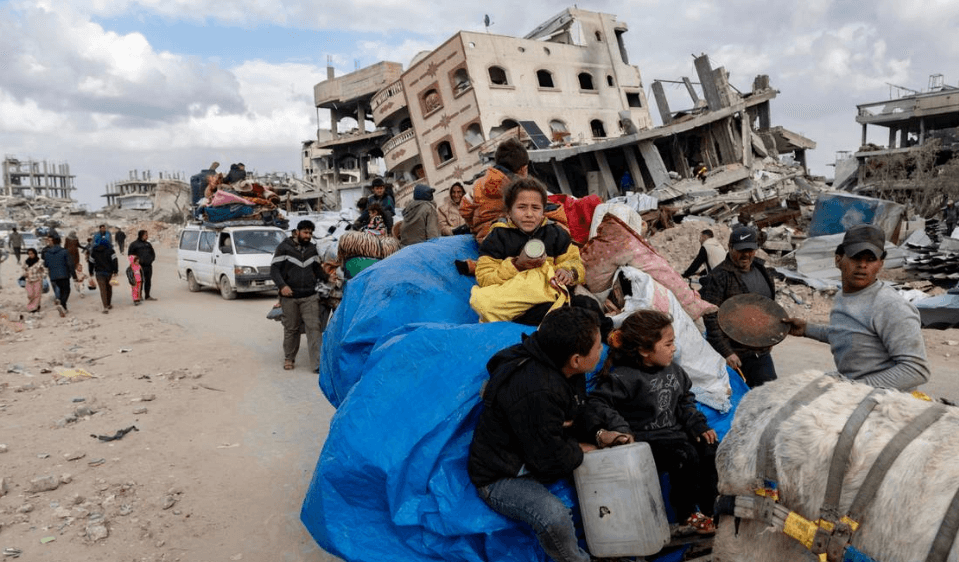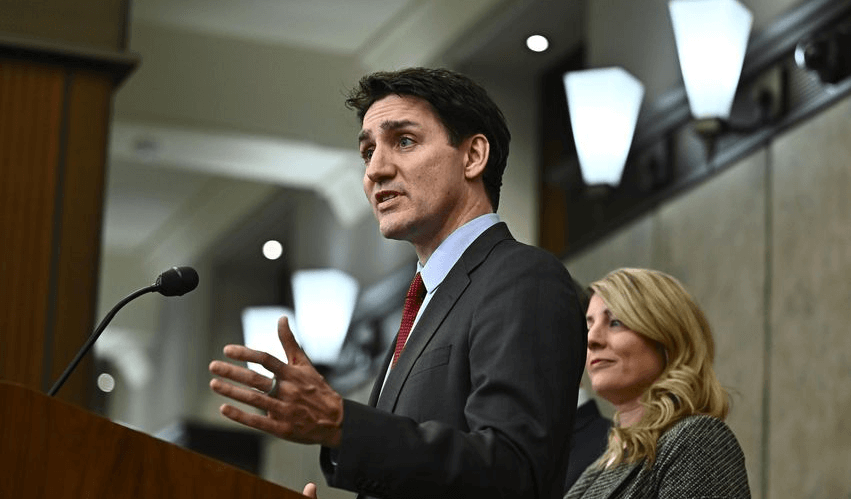The fragile truce between Israel and Hamas has officially broken down, setting the stage for a radical escalation of violence in the Gaza Strip.
On Thursday, Hamas launched its first salvo of rockets in months into Israel, launching missiles at Tel Aviv in an act of sheer bravado.
Though no casualties were reported—thanks to the rockets being intercepted or landing in open areas—the move was a radical shift in the direction of the conflict.
The Israeli military responded swiftly, intensifying its ground campaign in northern Gaza and signaling what all observers now fear is a descent into full-scale war.
Troops made new raids near Beit Lahiya, while reclaiming territory in the central Gaza Netzarim corridor—a location Israel had already vacated in the now-broken truce.
The two-month-old ceasefire broke down earlier this week in dramatic circumstances after an Israeli air attack struck Gaza, targeting Hamas militants.
Israel had maintained that there could be no peace until Hamas freed more hostages. Conversely, Hamas accused Israel of breaking the terms of the ceasefire, and renewed fighting ensued.
U.S. officials, who had been involved in attempts to arrange an extension of the ceasefire, have now publicly supported Israel. White House press secretary Karoline Leavitt said Thursday that President Donald Trump “fully supports Israel” and the moves it made over the last few days.
Gaza’s health ministry reported over 500 fatalities in three days of Israeli bombing—predominantly children. While official reports cannot distinguish between combatants and civilians, the sheer number of fatalities indicates the spiraling humanitarian crisis on the ground.
Warnings, Displacement, and a Worsening Humanitarian Crisis
Following Hamas’s rocket fire, the Israeli army issued residents of Bani Suheila in the southern Gaza Strip an evacuation warning before a targeted attack allegation that militants were launching from the neighborhood. Israeli spokesman Avichay Adraee presented it as “a final advance warning” prior to a targeted attack.
The new violence has stunned Gaza’s population. “Everyone is exhausted. How much longer will we have to live like this?” asked Abdelkarim Harazin, a 28-year-old doctor in Gaza City.
He explained that the last ceasefire had allowed essential supplies into the region, but now food and other necessities are scarce and beyond the reach of many who have lost their jobs.
Harazin berated both sides—condemning Israel for breaking the ceasefire, but also urging Hamas leaders to release hostages and exile themselves to spare further suffering for civilians.
Hostage Stalemate and Stubborn Demands
Prime Minister Benjamin Netanyahu has promised to ratchet up pressure on Hamas until the final of the Israeli and foreign hostages are released.
Hamas is not budging, however—demanding complete Israeli withdrawal from Gaza, releases of Palestinian prisoners, and a diplomatic statement to conclude the war in exchange for hostages.
The 15-month conflict has already resulted in the deaths of more than 48,000 Palestinians, Gaza’s health authorities report.
The war started in October 2023, when Hamas mounted a surprise assault that killed 1,200 Israelis and took approximately 250 hostages. At present, about 24 surviving hostages and the bodies of more than 30 others are suspected to be being held in Gaza.

The Road Ahead: No End in Sight
The initial six-week truce in January that was meant to serve as a stepping stone to broader peace expired earlier this month without renewal. Israel promptly restricted humanitarian aid and shut off power to Gaza’s desalination plant—actions labeled efforts to bully Hamas in foundering negotiations.
While mediators like the U.S. continue to call for a permanent solution, deep differences persist. Israel will not cease fighting as long as Hamas controls Gaza, and Hamas will not disarm or give up control without guarantees of full Israeli withdrawal.
While it lost territory, Hamas is still estimated to have over 25,000 fighters, Israeli intelligence briefings informed members of the country’s parliament.
As the conflict intensifies, hopes for peace recede ever further—leaving civilians caught in the middle, once again enduring the atrocities of a never-ending war.






Leave a Reply